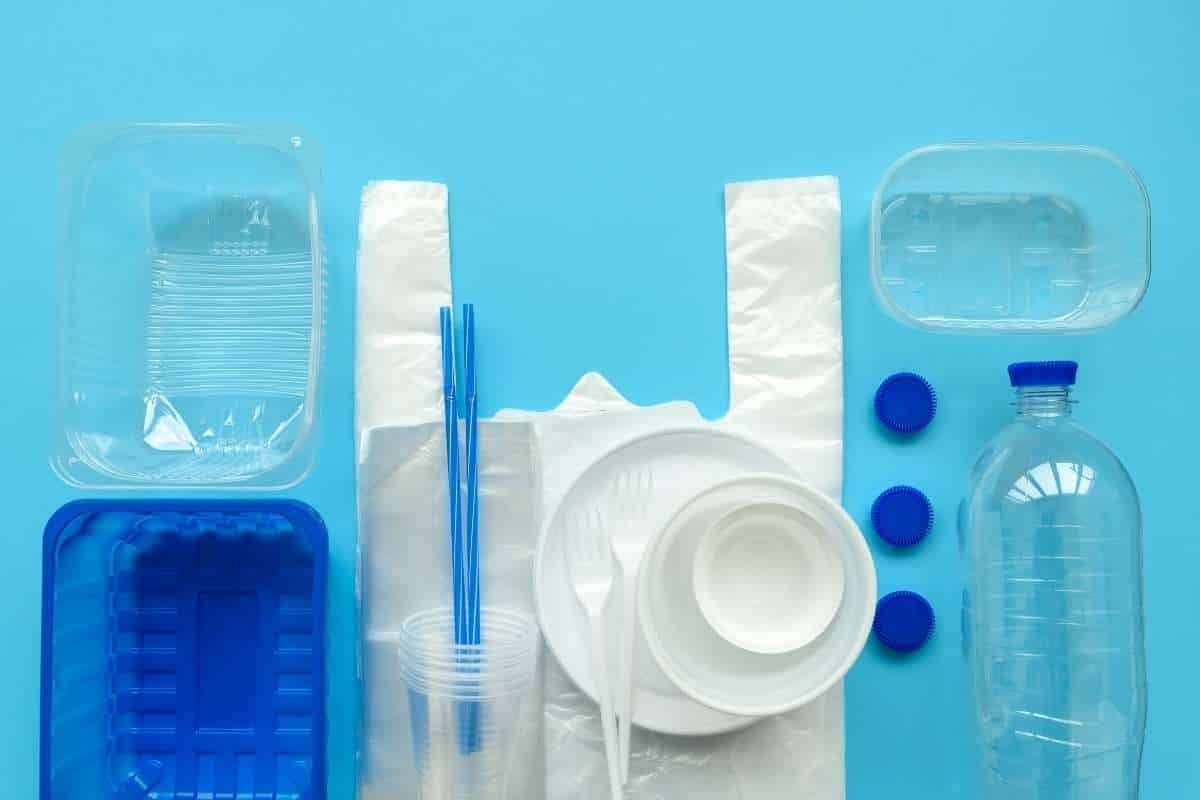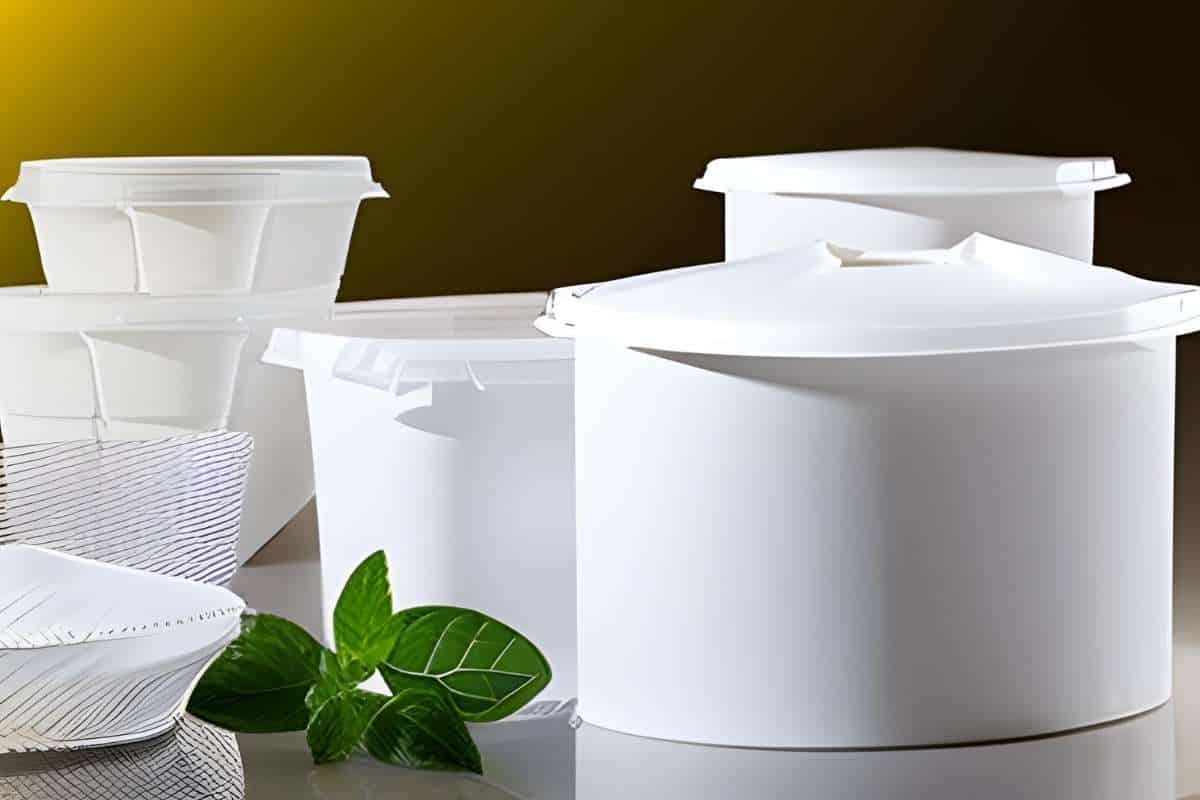Table of Contents
Research Objectives
1. Objectives
The main objective of this study is to compare the material efficiency of different packaging materials, with a particular focus on plastic packaging. The study aims to investigate how effective and sustainable plastic packaging is compared to other packaging materials.
2. Reference Year
This research is based on data from the year 2021. This year serves as an important reference point for the currency and accuracy of the data.
3. Population
The study’s results are related to the packaging consumption volume of individual end-users in Germany. This consumption includes beverage containers, which are also part of the deposit and return system. Hence, the packaging market volume in Germany is evaluated.
4. Packaging Materials
The research includes analysis of five main packaging material groups:
- Glass
- Paper, Cardboard
- Plastic
- Iron
- Aluminum
In addition, composites are classified proportionally under the main material group. However, packaging made from wood and other materials are not considered in this study.
More Information: What is Packaging Materials?

5. Material Efficiency and Indicators
Material efficiency explains how much packaging material is required to package a certain amount of goods. This efficiency is expressed as the gram value of packaging material per kilogram of filled product.
6. Closures and Auxiliary Packaging Materials
In some cases, closures and auxiliary packaging materials are not considered in the packaging efficiency calculations. However, it should be noted that this approach may favor glass materials due to their typically heavier neck closures compared to other materials.
7. Weighted Average of Nominal Filling Quantity
The weighted average of the nominal filling quantity is used to calculate material efficiency. This includes considering different packaging types and filling sizes in the calculation. The same approach is applied to evaluate the impact of replacing plastic packaging with other materials on waste quantity.
8. Conversion and Standardization of Product Units
The GVM database includes more than 1,400 product segments with varying nominal filling sizes. Therefore, the units are converted to kilograms for standardization. This study is conducted using a simplified procedure, primarily focusing on fast-moving consumer goods.
9. Examples of Material Efficiency
The research findings are supported by various examples comparing plastic packaging with alternatives made from other materials. These examples are based on packaging introduced to the market in Germany in 2023. Careful selection ensures representation of various market segments.
- Packaging Weight (per gram per package)
- Material Efficiency (per gram per kilogram of packaged product)
Despite different filling quantities in each case, these two dimensions allow for comparability among packaging materials. However, this study only considers the weight of primary packaging materials, excluding closures and other auxiliary components from the calculations.
10. Calculation of Substitution Quantity
Three scenarios are used to calculate the impact of substituting plastic packaging. Each scenario assumes that 10% of an individual end-user’s plastic packaging consumption is replaced with single-use packaging made from other materials. Similarly, an assumption is made that all plastic packaging is equally replaced.
Tabular Representation of Results
The following table shows a comparative view of the material efficiency of different packaging materials based on individual end-user consumption:
| Packaging Material | Material Efficiency (g/kg packaged product) |
|---|---|
| Glass | 572 |
| Paper, Cardboard | 51 |
| Plastic | 24 |
| Iron | 114 |
| Aluminum | 45 |
| All materials | 61 |
| All materials (excluding plastic) | 116 |
| All materials (excluding plastic and glass) | 57 |
Source: Comparative Packaging Efficiency, 2023 Report

